Art Talks
Exploring Six Major Contexts in Philippine Contemporary Art
Contemporary art in the Philippines emerges as a vibrant and diverse sphere that effortlessly transcends conventional boundaries, continually evolving and adapting to the ever-changing milieu that envelops it. A crucial element consistently shaping and defining contemporary artworks is the context within which they originate, are displayed, and are subsequently interpreted. The exploration of the multifaceted nature of contexts in contemporary Philippine art will unfold, shedding light on how these contexts wield influence over the inception of artistic endeavors, their reception by audiences, and the broader discourse encompassing the Philippine art world.
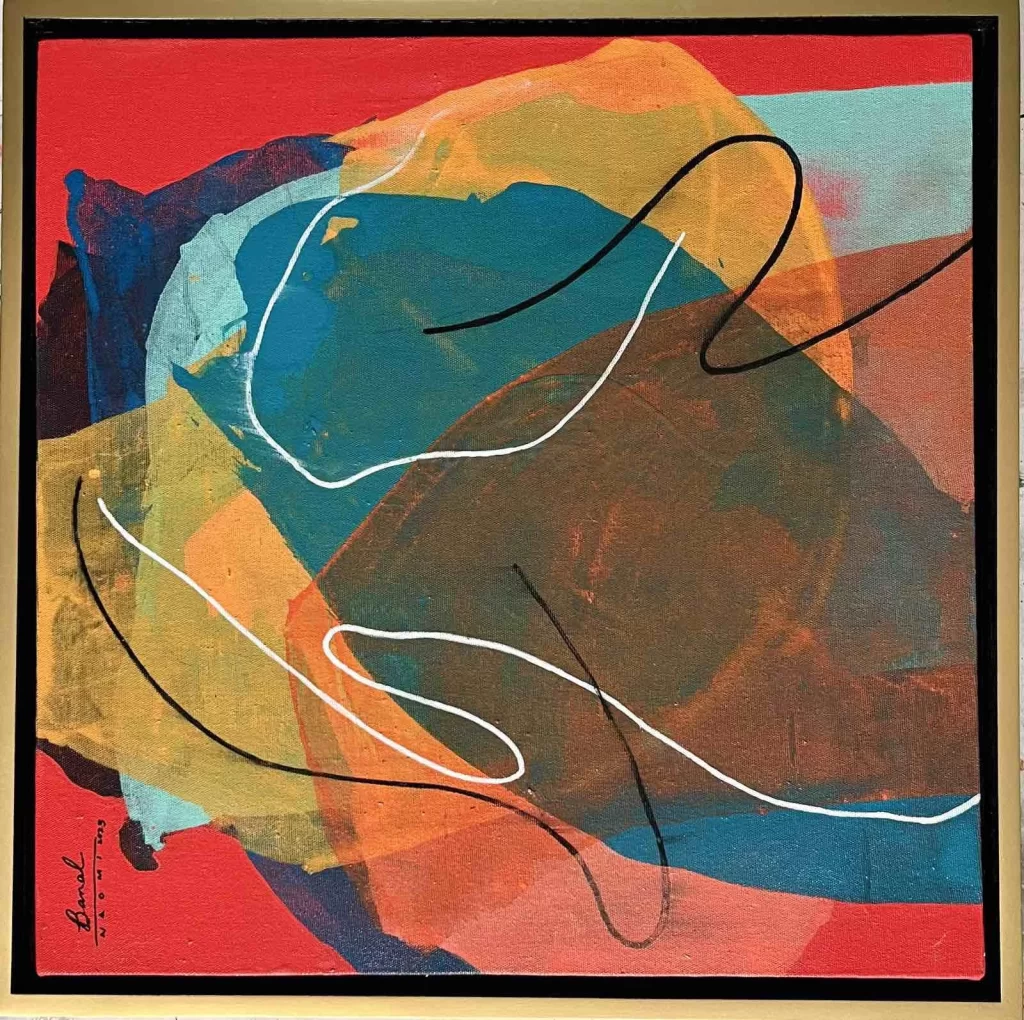
by Naomi Banal
2023, Acrylic on Canvas, 24″ x 24″
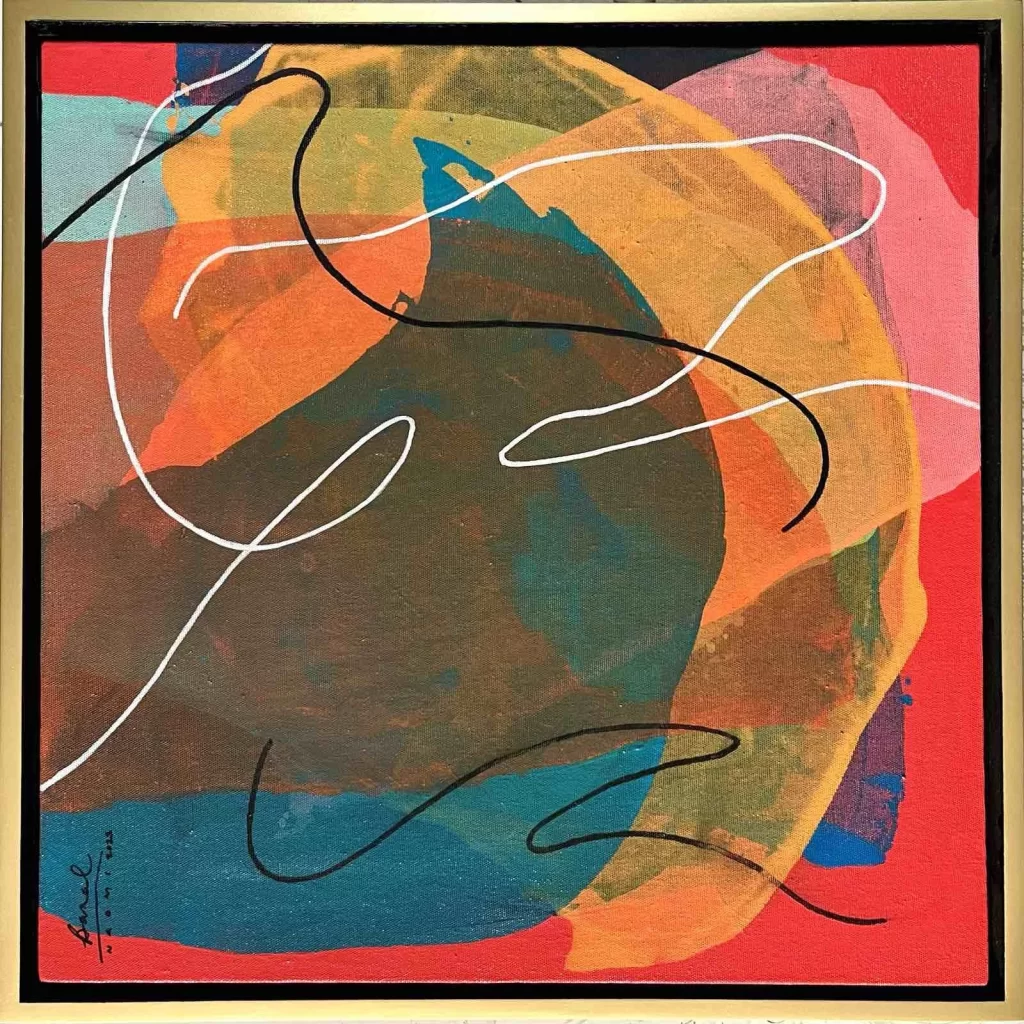
by Naomi Banal
2023, Acrylic on Canvas, 24″ x 24″
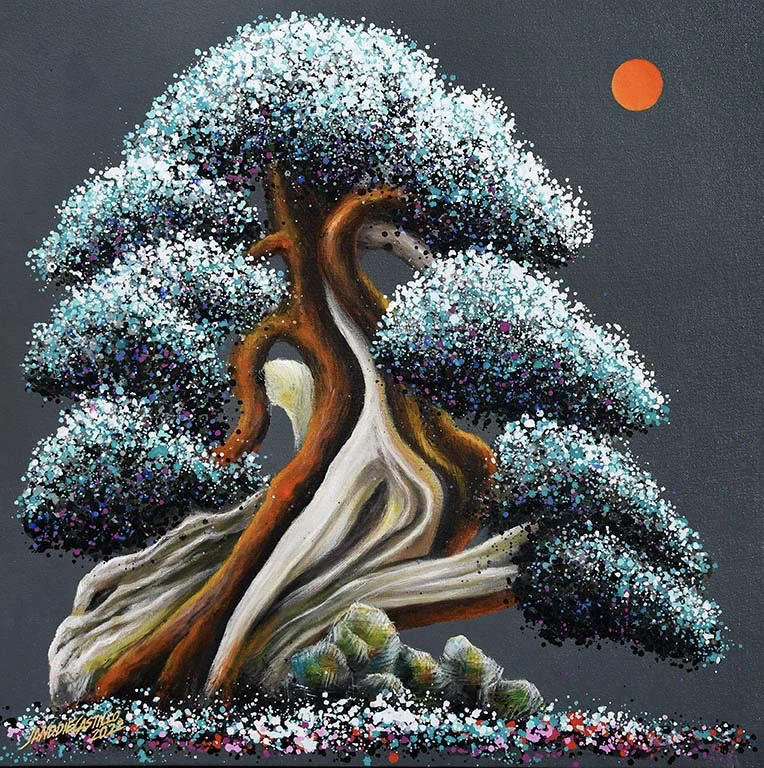
by Janddie Castillo
2022, Acrylic on Canvas, 24″ x 24″
1. Cultural Context
Philippine contemporary artists frequently draw inspiration from their cultural milieu, engaging with socio-political issues, historical events, and cultural traditions. The cultural context provides a rich source of material for artists seeking to express their perspectives on identity, belonging, and societal norms. This aspect of context is particularly evident in the works of artists such as BenCab, who addresses issues of cultural identity and heritage through his evocative paintings and installations.
2. Social Context
The social context of contemporary Philippine art encompasses the broader social landscape, including societal structures, movements, and collective experiences. Artists often explore activism, human rights, and social justice themes, contributing to the discourse on relevant societal issues. Activist-artists like Alwin Reamillo, for instance, incorporate social and political commentary into their artworks, addressing the pressing concerns of their time.
3. Technological Context
Technology plays a pivotal role in shaping contemporary art in the digital age in the Philippines. Artists leverage various technologies, from virtual and augmented reality to artificial intelligence, to create innovative and interactive experiences. The works of artists like Leeroy New, who explores the intersection of technology and traditional Filipino folklore in his installations, exemplify the dynamic relationship between art and technology in a contemporary Philippine context.
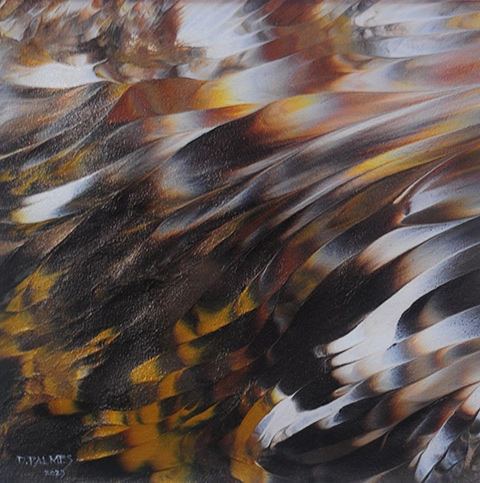
by Dante Palmes
2023, Acrylic on Watercolor Paper/Cold Pressed, 16″ x 16″
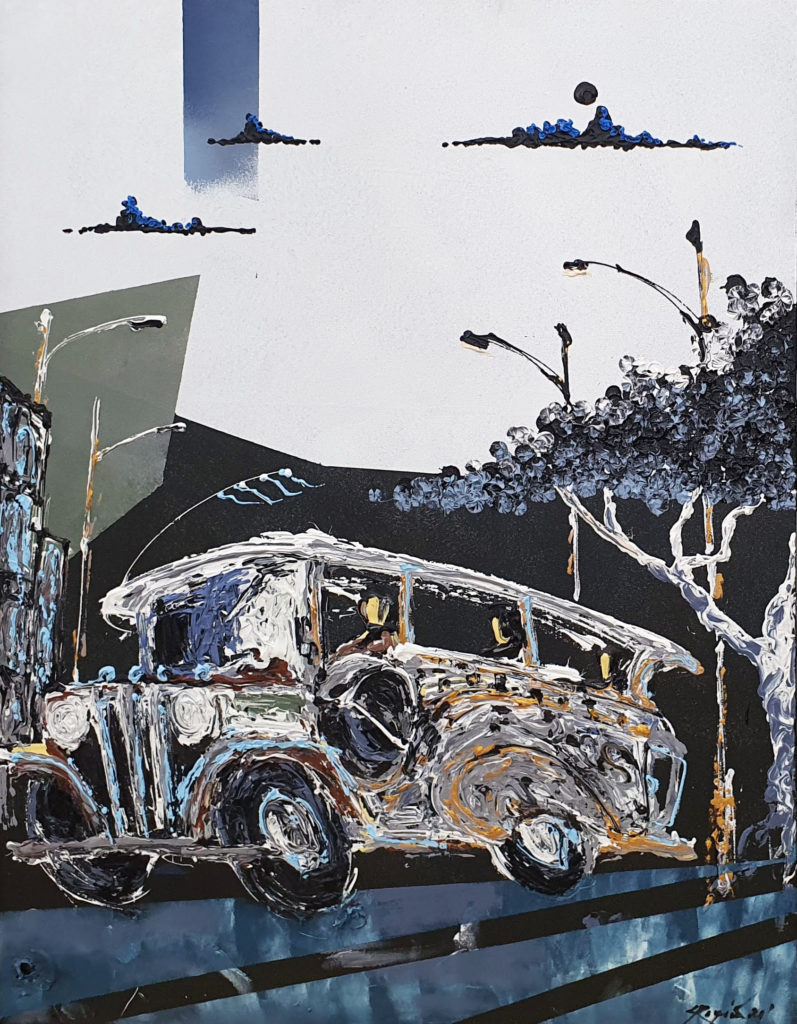
by Christian Regis
2021, Acrylic/oil on canvas, 36″ x 28″
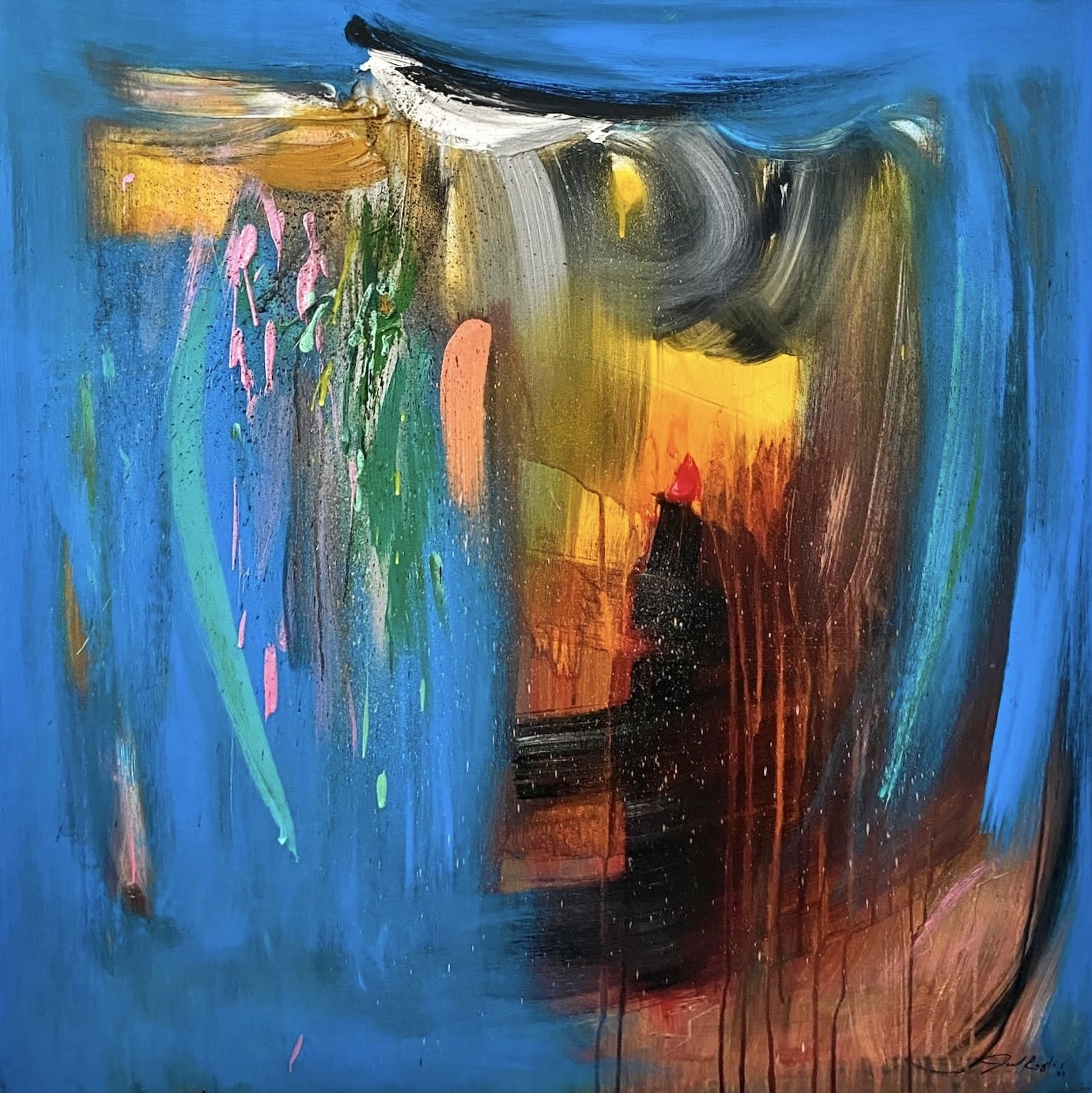
by Joel Reglos
2023, Acrylic on Canvas, 36″ x 36″
4. Institutional Context
The spaces in which Philippine art is exhibited, such as galleries, museums, and alternative art spaces, significantly contribute to the interpretation of artworks. The institutional context influences how viewers engage with art, shaping their understanding and appreciation. Some Filipino artists challenge traditional exhibition formats, opting for unconventional venues or digital platforms, thereby redefining the relationship between art and its institutional context.
5. Economic Context
The economic landscape impacts the production, distribution, and consumption of contemporary Philippine art. The art market, collectors, and funding sources shape artistic practices and trends. Artists may respond to economic challenges by adopting unconventional materials, collaborating with local brands, or exploring alternative funding models. Some contemporary Filipino artists, like Patricia Perez Eustaquio, navigate the economic context by engaging with local industries and craft traditions.
6. Personal Context
Filipino artists’ personal experiences, emotions, and perspectives contribute to contemporary art’s subjective nature. Artists infuse their work with elements of autobiography, self-reflection, and introspection. The confessional and introspective artworks of Mark Justiniani, for example, exemplify the intimate connection between a Filipino artist’s context and creative expression.
The intricacies of contemporary art contexts in the Philippines are complex, varied, and constantly in flux. As Filipino artists traverse the diverse terrains of culture, society, technology, institutions, economics, and personal experiences, their artworks mirror the dynamic interplay inherent in these contexts. Grasping and valuing the environments in which contemporary Philippine art takes shape enriches our capacity to interact with the art world, nurturing a profound appreciation for the myriad voices and stories contributing to the continually evolving tapestry of contemporary artistic expression in the Philippines.
Written by Cherry Fulgar
For more information, contact Imahica Art at +63 917 894 5646, or email thegallery@imahica.art

